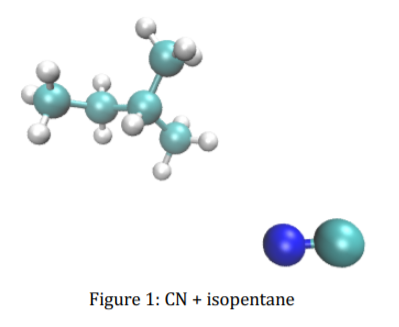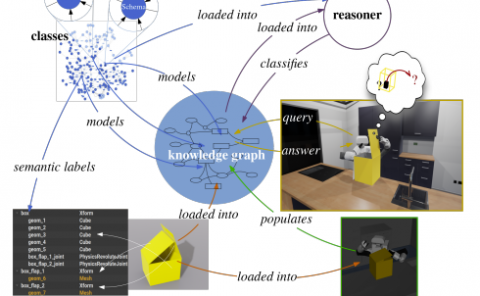Training neural nets to learn reactive potential energy surfaces using interactive quantum chemistry in virtual reality
PubDate: Jan 2019
Teams: University of Bristol,ETH Zurich
Writers: Silvia Amabilino, Lars A. Bratholm, Simon J. Bennie, Alain C. Vaucher, Markus Reiher, David R. Glowacki

Abstract
Whilst the primary bottleneck to a number of computational workflows was not so long ago limited by processing power, the rise of machine learning technologies has resulted in a paradigm shift which places increasing value on issues related to data curation - i.e., data size, quality, bias, format, and coverage. Increasingly, data-related issues are equally as important as the algorithmic methods used to process and learn from the data. Here we introduce an open source GPU-accelerated neural network (NN) framework for learning reactive potential energy surfaces (PESs), and investigate the use of real-time interactive ab initio molecular dynamics in virtual reality (iMD-VR) as a new strategy for rapidly sampling geometries along reaction pathways which can be used to train NNs to learn reactive PESs. Focussing on hydrogen abstraction reactions of CN radical with isopentane, we compare the performance of NNs trained using iMD-VR data versus NNs trained using a more traditional method, namely molecular dynamics (MD) constrained to sample a predefined grid of points along hydrogen abstraction reaction coordinates. Both the NN trained using iMD-VR data and the NN trained using the constrained MD data reproduce important qualitative features of the reactive PESs, such as a low and early barrier to abstraction. Quantitatively, learning is sensitive to the training dataset. Our results show that user-sampled structures obtained with the quantum chemical iMD-VR machinery enable better sampling in the vicinity of the minimum energy path (MEP). As a result, the NN trained on the iMD-VR data does very well predicting energies in the vicinity of the MEP, but less well predicting energies for ‘off-path’ structures. The NN trained on the constrained MD data does better in predicting energies for ‘off-path’ structures, given that it included a number of such structures in its training set.

